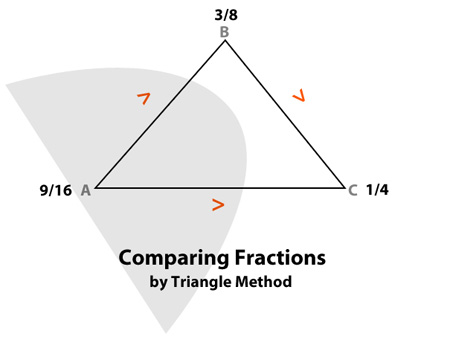I’ve came across a cool way of doing multiplication. It is a method of multiplying large numbers using a grid or lattice layout, wherein it is somewhat similar to a regular multiplication process, but breaks the process to smaller section. Digits to be carried are placed within the grid, taking them into account is made easier. This process was introduced using Napier’s bones. Napier’s bones is a kind of abacus that consist of ten (10) strips with the multiplication values from tables 0 to 9 which is used for multiplication and division. It was invented by a Scottish mathematician named John Napier which was based on Arab mathematics and lattice multiplication.
The Napier’s bones has a board with a rim; the user puts the Napier’s strips/rods in the rim to perform multiplication or division. The board’s left edge is divided into 9 squares, written on it are the numbers 1 to 9.
Using Napier’s Bones
Take for example, find the product of 4729 and 234
First, we setup the factors onto the grid or lattice layout

Second, we put a diagonal line on each box to separate each digit of the products.

Third, Fill in each cell within the grid or lattice layout with the product of the digits above and to its left. Writing the product on each cell in the manner that the tens place value is on the upper diagonal half of the cell and the ones place value is on the lower diagonal half.

Continue filling out the rest of the cells

Fourth, we get the sum for each diagonal formed in each row
 the sum of the digit(s) on the above figure (represented by A) will be our first digit of the product (meaning it’s going to be on the ones place value of the product)
the sum of the digit(s) on the above figure (represented by A) will be our first digit of the product (meaning it’s going to be on the ones place value of the product)

The sum of B will be the second digit (tens place value) of the product. Note here that the sum of 8 + 3 + 7 = 18 (8 ones will be the value for B, while 1 tens will be carried over to the next diagonal – as denoted by 1 on the figure below) 
Continue getting the sum for each diagonal; note that each diagonal can only hold one digit



| G | F | E | D | C | B | A |
|---|---|---|---|---|---|---|
| 1 | 1 | 0 | 6 | 5 | 8 | 6 |
Hence, the product of 4729 x 234 = 1,106,586
Lastly, check your answer by actually multiplying the multiplicand and the multiplier

